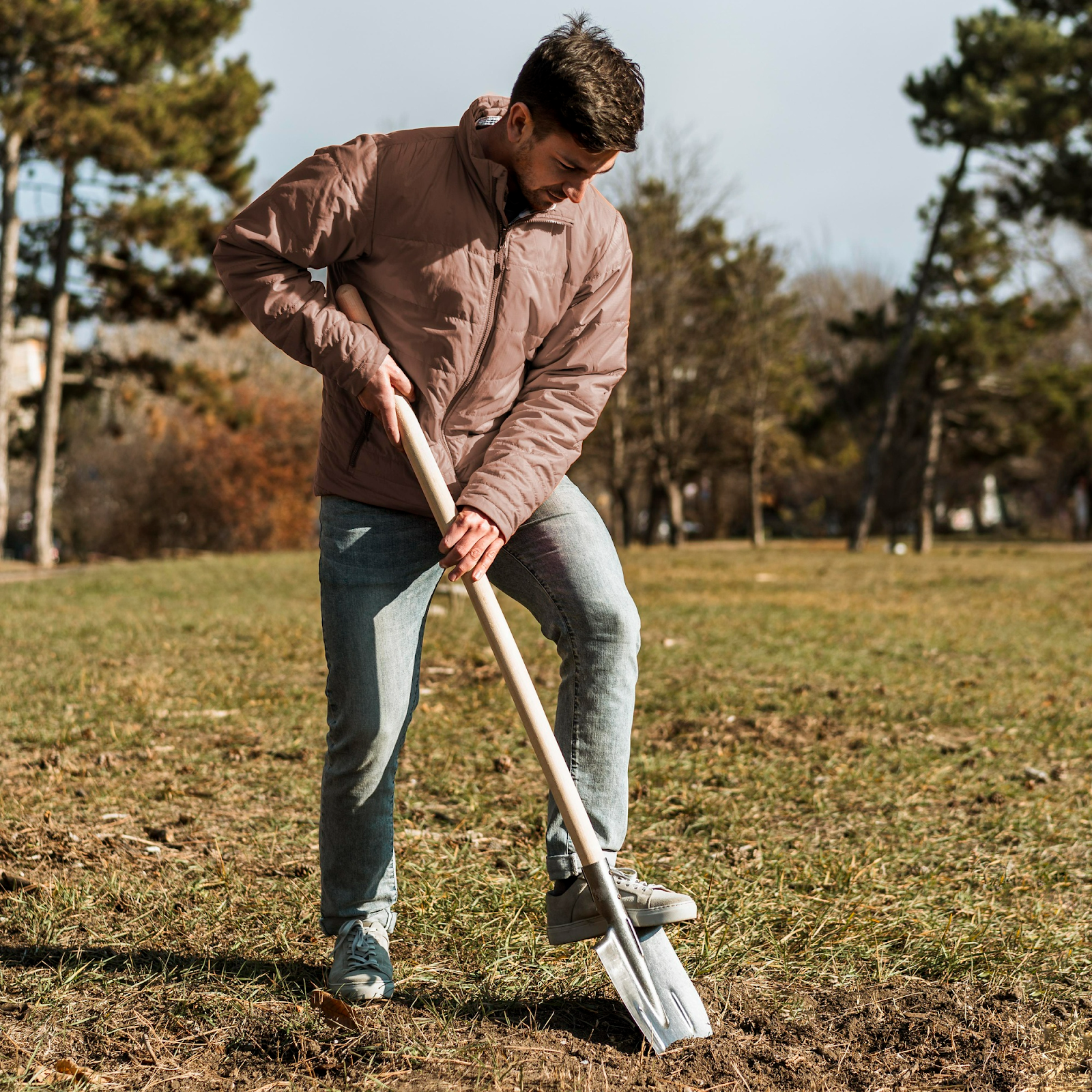A Practical Guide for Seniors, Families & Busy Caregivers
In Ontario, falls are the number one cause of injury-related hospital visits among older adults.
Every 10 minutes, a senior visits the emergency department because of a fall, and every 30 minutes, a senior is hospitalized due to a fall, and at least half (50%) of these happen right at home.
These aren’t just statistics; they’re real people, real families, and real lives changed in an instant.
If you’re an older adult, a busy professional with aging parents, or a caregiver trying to keep a loved one safe, you know the stakes are high.
The good news is that most falls can be prevented.
A few thoughtful changes now can mean years of safer, more confident living.
Five (5) Most Effective Ways To Fall-Proof Your Ontario Home:

1. Decluttering & Hazard Removal – Creating Clear, Safe Walkways
Picture this: you’re carrying laundry through the hallway, and your foot hooks a phone charger cord.
Before you know it, you’ve lost balance. Many falls happen exactly this way — not from dramatic accidents, but from small, avoidable hazards.
Start by removing clutter from all main walkways.
This includes hallways, doorways, and stairs. Store shoes neatly, keep pet toys in baskets, and never leave laundry baskets in high-traffic areas.
Secure loose rugs with non-slip mats, tape down cords along walls, and rearrange furniture to create wider walking paths. Seasonal hazards are especially important in Ontario — wet leaves, slush, and ice tracked inside can turn floors into skating rinks.
Consider doing a monthly “home safety sweep” or using a checklist so nothing gets missed.
[Read: Monthly Home Maintenance Checklist]
2. Lighting Improvements – See Hazards Before They See You
Poor lighting can turn a harmless hallway into a dangerous obstacle course. In fact, research from Public Health Ontario shows that low-light conditions are a major factor in nighttime falls among seniors.
Upgrade to bright, energy-efficient LED bulbs in stairways, bathrooms, and hallways.
In Ontario’s long winters, when natural daylight is limited, motion-sensor lights are invaluable for outdoor entryways and pathways.
Inside, place night lights in bedrooms, bathrooms, and hallways to guide your way during late-night trips. For older adults with vision challenges, add high-contrast strips to stair edges for better depth perception.
3. Grab Bars & Handrails

Bathrooms and staircases account for some of the highest fall rates in Ontario homes. Slippery tiles, narrow steps, and quick changes in height make these areas risky, especially for seniors or anyone with mobility challenges.
Install sturdy grab bars in showers, near bathtubs, and beside toilets. These should be professionally installed to ensure they can support full body weight.
In multi-level homes, make sure there are handrails on both sides of staircases, and consider adding them to short sets of steps leading to front or back doors.
For extra safety, use non-slip mats inside and outside the tub and consider a shower seat for those who tire easily while standing.
Think of these supports the same way you think about a seatbelt in a car; you may not need them every day, but when you do, they can save you from serious injury.
4. Footwear Choices
Your footwear is the only safety tool you have on every step you take, and yet it’s often overlooked. Wearing socks on hardwood or soft slippers with no tread is like walking on ice.
Choose closed-toe shoes with firm, non-slip soles for better grip and support. In Ontario winters, wear boots with deep tread or detachable ice grips to prevent outdoor slips.
Keep a pair of dedicated indoor shoes with slip-resistant soles for home use. These provide stability without tracking in snow or salt.
5. Health Check-Ups & Exercise (Building Balance from the Inside Out)
Fall prevention isn’t just about your environment — it’s also about your body’s ability to react and recover.
Regular balance and strength training can significantly reduce fall risk. Programs like Tai Chi, light weight training, or even brisk walking help improve coordination and muscle tone.
Annual vision and hearing tests are essential, as changes in sight or sound awareness can make it harder to detect hazards.
In Ontario, many local health units and community centers offer free or low-cost fall prevention programs tailored for seniors.
Finally, ask your doctor or pharmacist to review your medications. Some prescriptions cause dizziness or drowsiness, and adjusting dosage or timing can make a big difference.
Your Fall Prevention Action Plan
Falls are preventable, but prevention requires action.
Start today by picking one safety upgrade and committing to it.
Maybe it’s installing brighter lighting this weekend or signing up for a balance class at your local community center.
Every change you make reduces risk, builds confidence, and keeps you (or your loved one) living safely at home in Ontario.
Schedule your complimentary in-home safety assessment today by calling 1-833-410-4357 or booking online, and take the first step toward a worry-free home.
Fall Prevention FAQ for Ontario
Q: What are the most common causes of falls at home in Ontario?
Clutter, poor lighting, slippery floors, and missing handrails are among the most common causes. Seasonal conditions like ice and snow tracked indoors also contribute.
Q: How often should I check my home for fall hazards?
A seasonal check (every 3 months) is ideal, with extra inspections before Ontario’s winter months.
Q: Are fall prevention programs free in Ontario?
Many local health units, hospitals, and community centers offer free or low-cost programs for seniors.
Q: Can simple exercises really prevent falls?
Yes. Balance, strength, and flexibility exercises improve your body’s stability and reaction time, significantly lowering fall risk.





